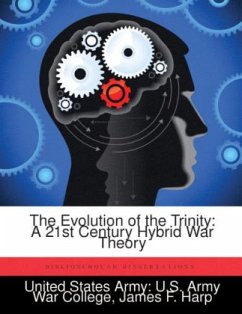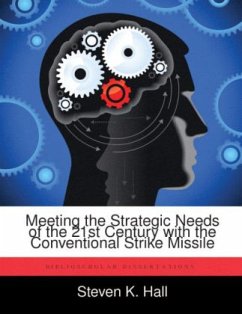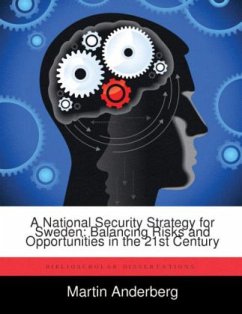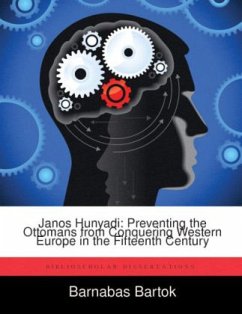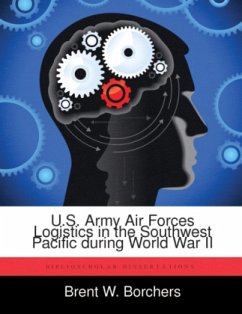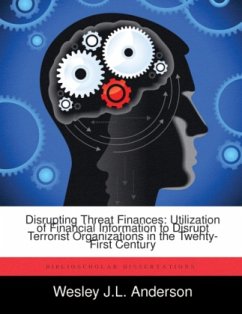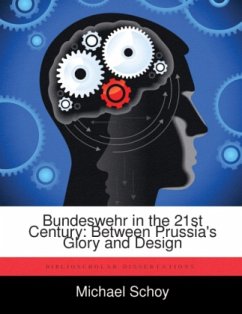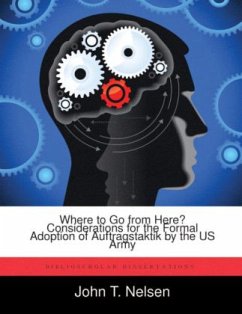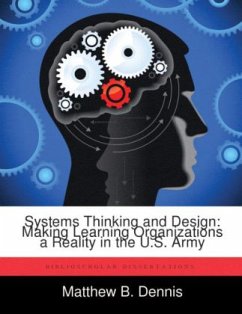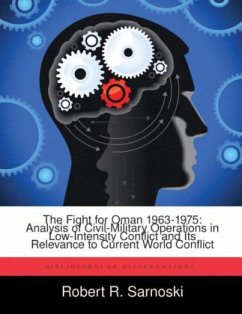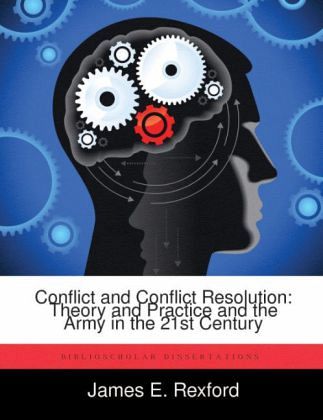
Conflict and Conflict Resolution: Theory and Practice and the Army in the 21st Century
Versandkostenfrei!
Versandfertig in über 4 Wochen
52,99 €
inkl. MwSt.

PAYBACK Punkte
26 °P sammeln!
The Army faces both significant external and some internal changes. These external changes in its operational environment, precipitated by the end of the Cold War, have created new threats and conflicts for the Army to contend with. This monograph proposes that the Army must reevaluate its understanding of the role of theory, the definition of conflict, and the practices of conflict resolution to effectively deal with these changes. The method of research used was comparing and contrasting the theories, definitions, and practices as found in the literature of the fields of Theory, Peace Studie...
The Army faces both significant external and some internal changes. These external changes in its operational environment, precipitated by the end of the Cold War, have created new threats and conflicts for the Army to contend with. This monograph proposes that the Army must reevaluate its understanding of the role of theory, the definition of conflict, and the practices of conflict resolution to effectively deal with these changes. The method of research used was comparing and contrasting the theories, definitions, and practices as found in the literature of the fields of Theory, Peace Studies, and Conflict Resolution with those found in Army publications. This comparison of literature developed a clear understanding of what a theory is, how it is developed, and its role in the development of a body of knowledge. The research applied this foundational understanding of theory to the body of knowledge concerning conflict and conflict resolution. This concept of what conflict is asdefined by the fields of Peace Studies and Conflict Resolution was compared to what is found in Army publications. The same was done concerning the concept, theories, and practices of conflict resolution. The research concluded that the Army's concepts of theory, conflict, and conflict resolution are deficient, especially when compared to those found in the fields of Theory, Peace Studies, and Conflict Resolution. From this conclusion, three recommendations were made for the Army: (1) incorporate a fuller explanation of theory in Army capstone manuals and a greater use of current theorists throughout Army manuals, (2) expand the definition of conflict within Army manuals, (3) develop a separate Army manual for conflict resolution.





